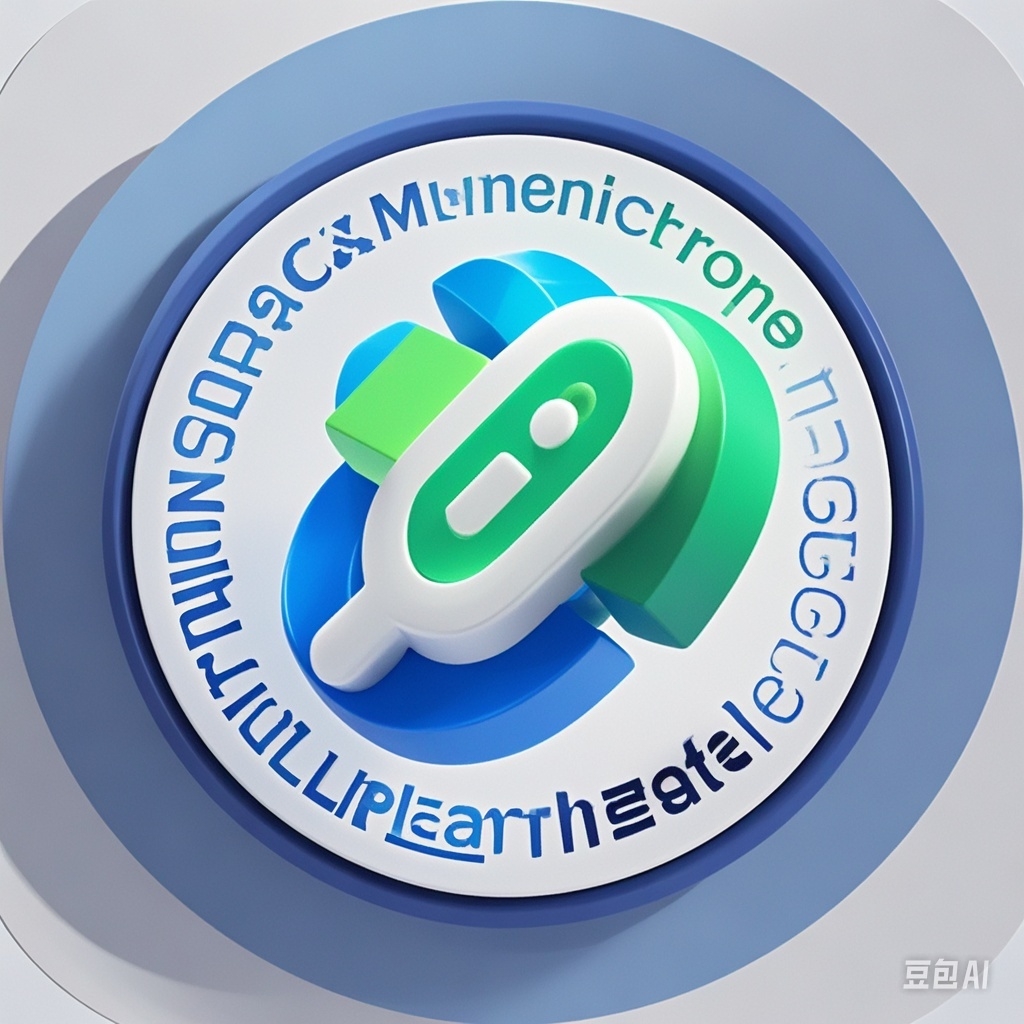获取结果失败,请稍后再试。

智能问答助手

结合文献知识库,保留通用大模型的能力,为您提供知识问答服务!
通用大模型
RAG知识库问答

Desertification is a serious land degradation process that poses various hazards to economic development and environmental security. Satellite remote sensing images have the characteristics of wide coverage and high resolution. Therefore, using deep neural networks and remote sensing image technology to extract desert boundaries is of great significance for scientific research and sustainable development. Inspired by this, a hybrid network is proposed based on adaptive semantic connections, which enables the model to better capture global context information and texture information while reducing the semantic gap between the encoder and the decoder. Secondly, to address computational complexity and improve model generalization capabilities, a dynamic feature scaling multi-Head self-Attention is introduced. Additionally, convolutional block attention modules with residuals are incorporated into the decoder to facilitate the model in learning relevant features. Finally, a differentiable boundary metric is used as the loss function leads to better performance and more accurate boundary segmentation. We conduct experiments on the Landsat 8 dataset. Through visual interpretation of the experimental results and calculation of evaluation indicators, it can be seen that our model has good results for desert boundary extraction.